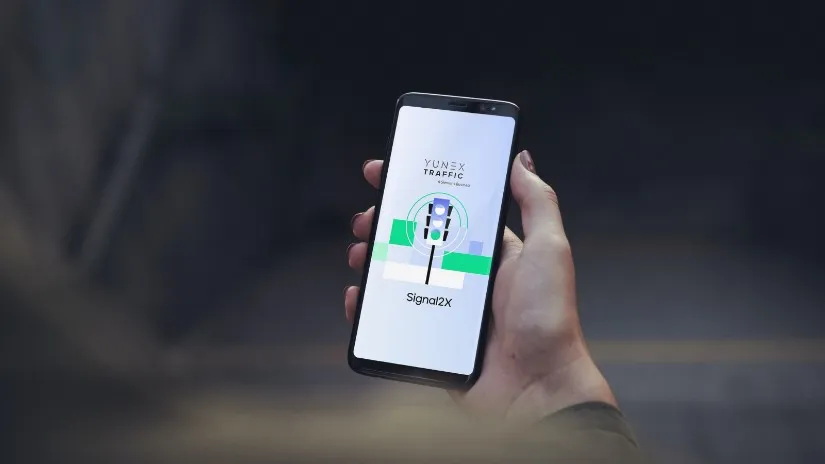Sitraffic SiBike is an infrastructure-free bike prioritisation system based on a smartphone App. When a cyclist with the smartphone App running approaches the intersection, a virtual trigger point is activated. The control centre then activates the command to give or extend the green time to traffic lights. All trigger points are purely software-based and don’t require roadside infrastructure.
Rising energy costs mean that precise monitoring and management of street lighting is increasingly important for local authorities. Siemens intelligent street lighting provides light only when it is actually needed. If there is no traffic, the system works at around 20 per cent capacity; if required, full capacity is available in fractions of a second. The result is a cost-effective lighting control system, with optimum safety ensured.
Meanwhile the Siemens truck guidance system has been developed at Duisburg, the world's largest inland port. Transport route capacities were already limited so expansion was impacted. By increasing efficiency at logistics hubs through faster truck handling, Siemens truck guidance system reduces the number of unproductive operations at loading ramps and helps to minimise congestion, waiting times and journey times, thereby ensuring better utilisation of existing resources.









